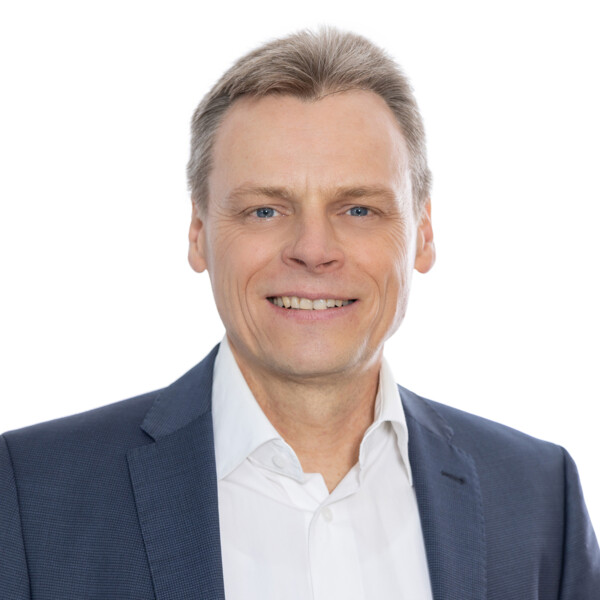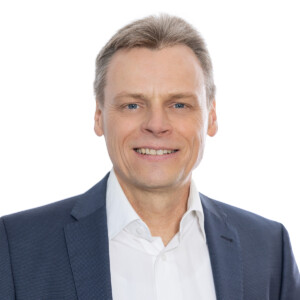Press scrubber
ENSURING OPTIMUM SEPARATION
When it comes to exhaust air cleaning following continuous pressing in the OSB chipboard and fibre board industry, Scheuch offers two systems.
The sap performs exhaust gas pre-treatment, which then allows the exhaust gas to be fed to a final treatment area via long pipelines. The esap, meanwhile, acts as a final treatment system and is able to satisfy stringent requirements with its integrated wet electrostatic precipitator module. It ensures the maximum possible degrees of particulate and blue haze separation. It is used in cases where no final treatment system is available or where using connecting lines would not be financially viable.
solutions
The sap for extraction and pre-cleaning Fume collection and wetting with process water Fume is extracted directly at the press outlet, with water injection taking place directly in the extraction hoods. Immediately after this, the exhaust gas is separated from the water flow. The process water is pumped via a collection container for process water purification purposes.
Separation in the tangential solid matter separator
Virtually all the water droplets and solid particles that are still present in the gas stream are separated in the tangential solid matter separator. As a result, the exhaust gas is pre-cleaned and can be fed to a final treatment system.
Process water purification
The process water is pumped into the water treatment unit via a coarse particle strainer, thus separating solid matter from it. Continuous separation of low quantities of waste water further stabilises the water quality in order to ensure permanently problem-free operation.
Separation by means of optional wet electrostatic precipitator module If no final treatment system, such as a wet electrostatic precipitator (seka) or a bio-scrubber (saba), is available or using connecting lines would not be financially viable, there is the option of replacing the solid matter separator in the SAP system with a wet electrostatic precipitator module. This process, known as esap, is able to stand up to stringent demands as a final treatment system, thanks to the optimum particle and blue haze separation that
Wet scrubber and gas distribution
A wet scrubber is integrated upstream of the inlet to the wet electrostatic precipitator. This ensures optimum gas scrubbing as well as entirely even distribution of the flow in the electrostatic precipitator.
Wet electrostatic precipitator
The wet electrostatic precipitator, featuring a honeycomb design, is where even the finest dust and aerosols (blue haze) are separated.
Condensation wet electrostatic precipitator for dryer exhaust gas purification The seka process involves a two-stage wet electrostatic precipitator for dust separation, featuring tubular precipitation surfaces. As well offering the benefit of condensation, this system also contains the option of removing the exhaust gas plume by mixing in preheated cooling air. If required, specific levels of additives (oxidants) can also be incorporated in order to separate organic substances, particularly formaldehyde.
The benefits
- Excellent separation performance
in cases where dusts and aerosols (blue haze) as well as organic substances are present.
- Low operating costs
thanks to low maintenance and cleaning expenditure, significantly less fresh water consumption as compared with SENA because of system-based recondensation from the exhaust gas, and low system pressure loss
- High levels of availability
thanks to the two-stage design of the electrostatic precipitator stage and recirculating water developed specifically for the wood based panel industry. To keep the system operating reliably over the long term, it is extremely important that all the spray systems function correctly at all times. Additionally, the recirculating water has to reach a level of quality that makes it suitable for the cleaning function, as the caking that results from insufficient cleaning is critical to operational safety. If the spray systems fail and these coatings dry out as a result, this presents a significant issue as the coatings cannot be cleaned with normal water and pose a latent risk of fire.
Complete biological reduction of contaminants saba (Scheuch Anlage für Biologische Abluftreinigung, meaning Scheuch System for Biological Exhaust Air Cleaning) is the process of choice for separating organic contaminants – and particularly formaldehyde – from exhaust gases in the wood based panel industry; specifically, in MDF board production and press exhaust air cleaning.
Compared with other processes, bio-scrubbers entail by far the lowest operating costs and are therefore the system of choice when it comes to separating formaldehyde.


